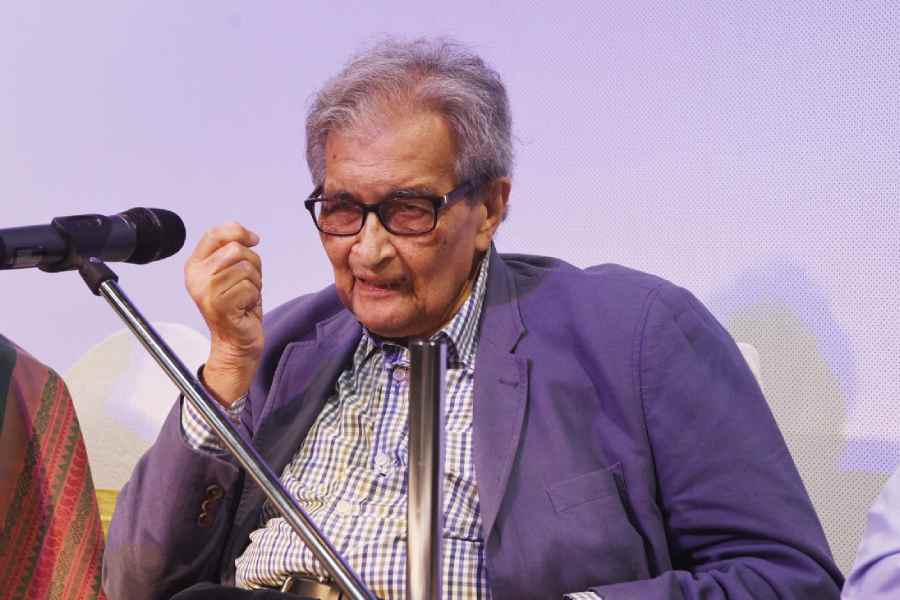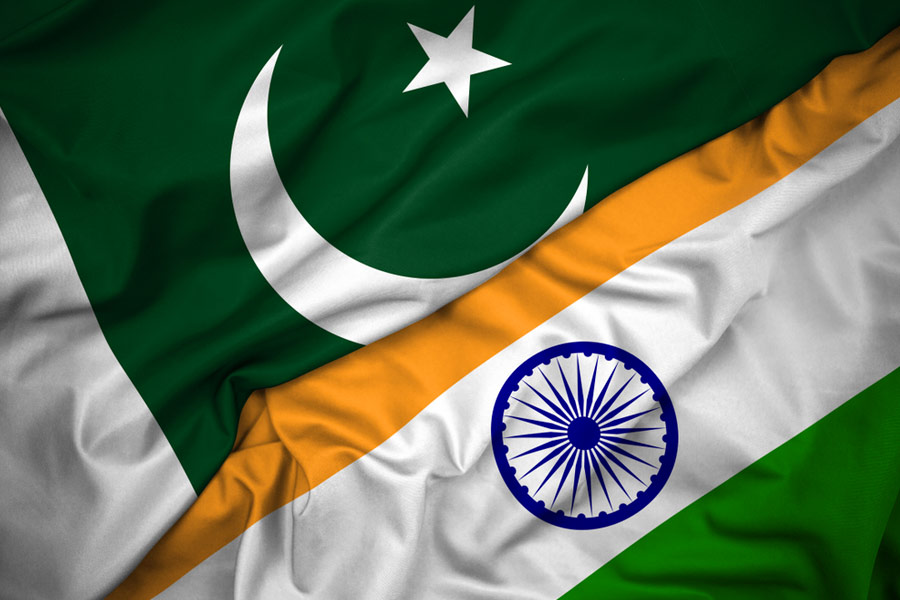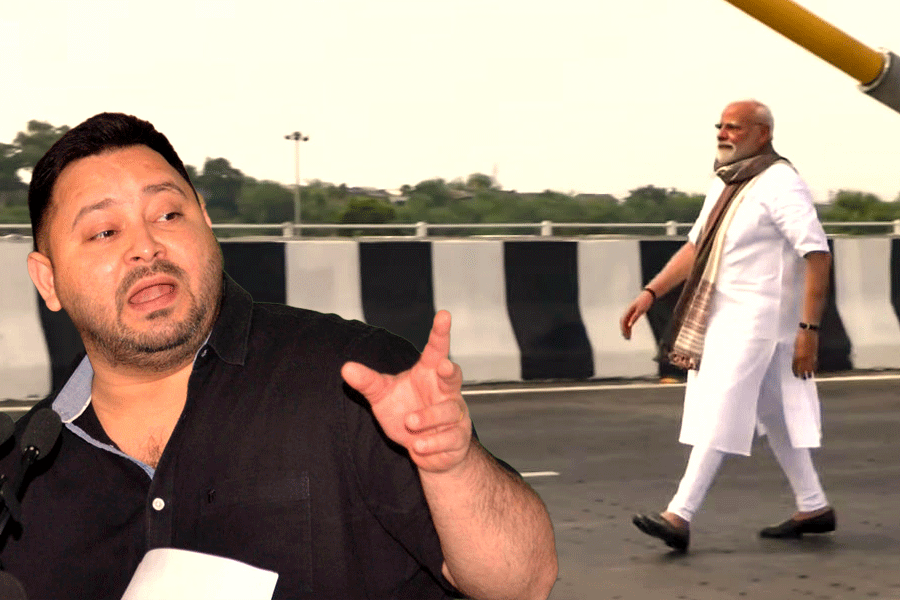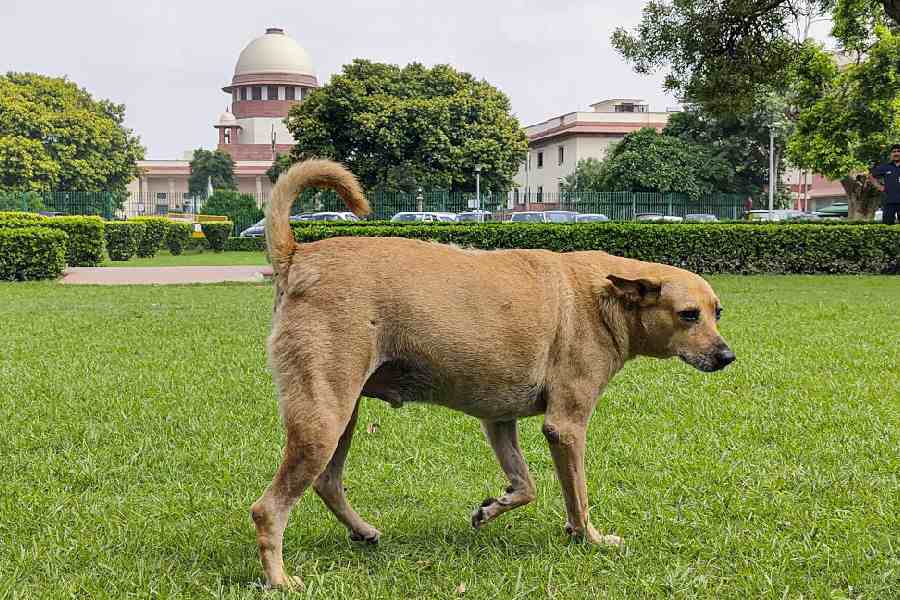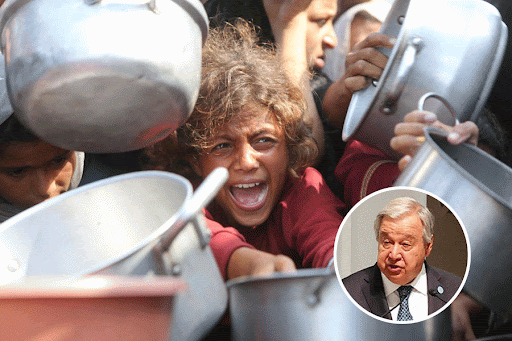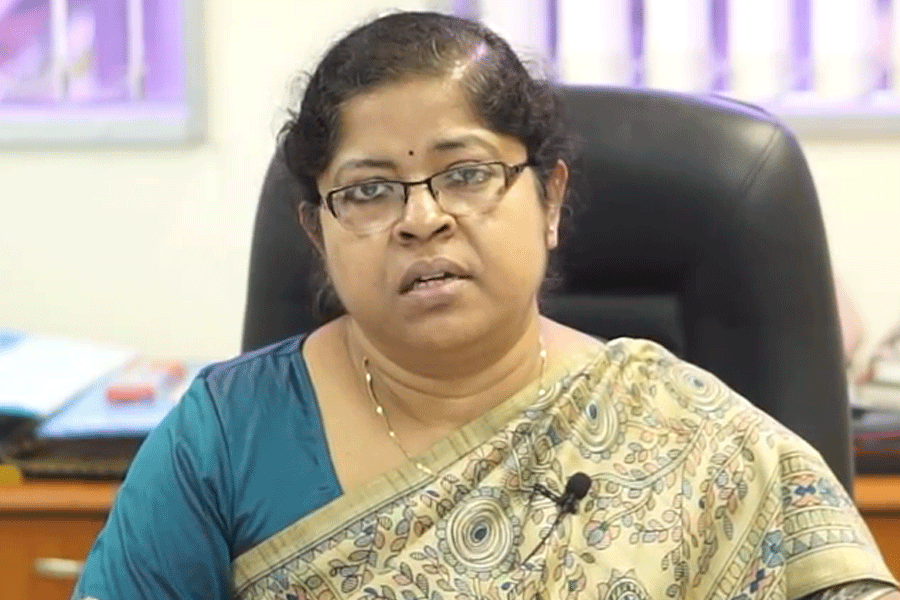 |
 |
 |
| (Top) Chicken Chaap, biryani and Mutton Tikia: some of Royal’s hot favourites and (above) a view of the Rabindra Sarani restaurant. Pictures by Rashbehari Das |
Ahmed Hussain migrated to Calcutta from Lucknow in the year 1905. Besides being an expert wrestler, he had a passing interest in cooking. Not finding much scope to use his physical prowess in Calcutta, Hussain got hold of a small store in the heart of the city and put his cooking to the test.
Hussain opened a restaurant on the ground floor and a small motel above it. Soon, the sumptuous aroma began to attract people from around the para.
That is how Royal Indian Hotel was born ? where it still stands ? at 147 Rabindra Sarani.
What was then the talk of the town is now a restaurant with a 100-year legacy of serving some of the city’s best Mughlai food.
Cuisine of kings
Satyajit Ray was fond of the Mutton Chaap, Sourav Ganguly loves the Chicken Biryani and Khushwant Singh is a regular whenever he is in town.
Though Royal does not boast of five-star comforts or variety available in, for example, the Park Street menus, it has its loyalists ? and not just for the nostalgia factor.
“It was the novelty of items like Mutton Chaap that clicked with the people of Calcutta. The Nawabs of Lucknow were fond of this dish and exactly the same cooking procedure was adopted here,” explains Md Sohail, great grandson of Ahmed Hussain.
Such is the enduring popularity of the dish that Sohail makes chaap from 100 kg of meat everyday.
“My great-grandfather would supervise the cutting of the mutton himself. He had his own secret mixture of spices. We have not budged an inch from the recipe,” smiles Sohail. What goes into the classic is a closely-guarded secret, not known by anyone outside the family.
The Royal kitchen and administration has been handed down through the generations, with a few incidental changes along the way. Some delicacies have made their way on to the menu on popular demand, while others have been discarded for various reasons.
But by and large, the affairs of the kitchen have been left to the chefs and their traditional techniques. “The food is still prepared in a manner straight out of the kitchen of the Nawabs of Lucknow,” says Sohail.
After the Mutton Chaap, biryani is one of the most popular dishes here, though it was not a part of the menu 100 years ago. It was added only after Partition, when Mehboob Ali, Sohail’s grandfather, was at the helm of affairs.
Prior to that, Aloo Gosht and Khushka were the preferred picks. There was even Fish Chaap for those who wanted a break from meat. But eventually, tthis speciality was stopped when the price of fish skyrocketed.
Chaap and change
That is how chicken became a part of the Royal repertoire. “On Thursdays, when mutton was not available, we started with Chicken Chaap and it was an instant hit. Going by the response, we introduced other chicken items to the menu also,” adds the owner.
Then, of course, there was the leftover chicken liver to deal with, which could not be used in biryani or chaap. So it was served up in an aromatic gravy.
Apart from Mutton Chaap, the credit for the taste and popularity of Royal’s food goes to Abdur Rahim, head chef at the Rabindra Sarani address for over 30 years, till the mid 90s.
“Abdur Rahim’s father, Abdur Razzak, was a chef in Lucknow and cooked at mehfils organised by royalty. The son worked as a trainee and picked up the nuances of cooking,” says Sohail.
Apart from the changes in menu, the restaurant too has been modified. In 1971, owing to the huge rush, a separate seating area came up where the motel had once been situated.
In 1997, an air-conditioned dining area was added on for 24. To keep pace with competition, “commercial” items such as Chicken Tandoori, Chicken Reshmi Kebab, Mutton Tikka Kebab and Mutton Pasinda Kebab worked their way into the menu.
But biryani, chaap and liver remain the reasons to go back to Royal, one of Calcutta’s culinary landmarks.


